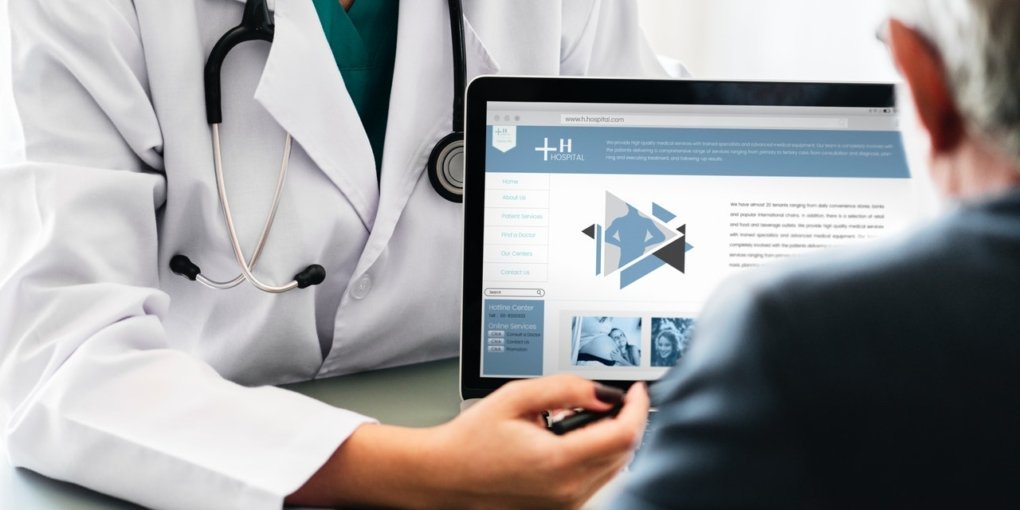Ranging from advanced diagnostic machines to more reliable and fast treatments, the health sector has experienced numerous technological advancements with time. Health information technology (Health IT) is a new venture which has revolutionized the health care sector in terms of quality and efficiency. Its importance can be known from the fact that its implementation in the hospitals has been regularly supported and prioritized by the government of USA.
By definition, health information technology refers to technology and information system that is used to record and examine the health data of a patient, and then communicate it to the health care provider. The information can belong to medications, diagnostic tests, diet, exercise, and health parameters of body. Since its invention, the adoption of
Health IT is increasing with time due to the numerous benefits it withholds.
Health IT provide better and effective medical care effectiveness with reduced expenses. In brief, it results in better follow up of heath of a patient.
Categories of Health Information Technology:
There are a number of health information technologies and software which work more or less in the same way. Find ahead a list of leading HITs.
- Electronic medical record (EMR): EMR is a digital record of the information about a patient that includes contact, address, health history, medical appointments, prescriptions, and other important information. With the continuous data input about health parameters like heart rate, blood pressure or others in EMR, health data can be better illustrated in the form of digital charts.
- Electronic health record (EHR): It is similar to EMR in terms of recording patient’s health history, medications, diagnostic test results, and treatments. However, it has an edge over EMR as the data of one EHR can be shared to the other whereas EMR can only be seen at a single location.
- Personal health record (PHR): As the name depicts, PHR refers to the electronic record maintained by a patient about his clinic visits, medications, costs, health data, and others.
- Practice management software (PMS): It is a health care software built for clinical staff or health care provider to help them in record maintenance and administrative works. It is centralized software for recording the number of patients visited and their further details.
- Patient portal: These are the portals specific to a patient which contain the patient’s EMR and EHR, and every other information. They are used because doctors can access them the absence of patient as well.
- Electronic scheduling and prescribing – There is a Scheduling software that allows the patients to schedule their appointments with the doctors based upon their comfort-ability and doctor’s availability. It thus saves the staff’s time as they do not have to fix appointments on phone calls.
Health IT has come up with an electronic software for prescribing medicines as well. Doctors can send the prescriptions electronically, thus eliminating any chance of error that can arise due to difficulty in deciphering doctor’s handwriting.
Benefits of Health Information Technology to health care:
- All the health information technologies save the time of everyone – doctor, patient, and clinic staff. With a proper and sometimes automated record, there is never a need for cross-referencing the details.
- Health IT eliminate paper work, and hence any chance of losing any patient’s record as well. They also avoid hassles of storing the paper files.
- The electronic record reduces chances of misinterpretation of health-related information, both by the doctor as well as patients.
- It is easy for a new doctor to understand the health history of a patient, with the use of EHRs. By knowing what medications have already been given to the patient and what he/she is allergic to, a care provider can decide the new medications. This enhances the patient’s safety by reducing any chance of interaction of different drugs.
- With everything from the beginning maintained as a record, repetition of certain drugs can be prevented saving both your time and money.
- EHRs make it easy for a patient to understand his health condition, disease, and progress made by him.
Final Verdict:
The prime function of health information technologies is to save, store and share the health information in the form of electronic data, with the concerned authorities. They have the ability to entirely transform how the patients and their information is dealt with in the clinics and hospitals. With the adoption of Health ITs, a new era of health care services is awaiting with improved quality and reduced costs.


Hi,
I’m a long time reader.
I’m writing to you because I’d love to contribute a guest post to your website.
I’ve been brainstorming some topics and I think your readers would get a ton of value from them.
I’ll make sure the piece is filled with information that can’t be found anywhere else. In exchange, all i expect is a backlink from within the main body of the article.
Do let me know if you like this proposal and if I can begin sending you some topic ideas.
Sincerely,
Ashlie Lopez
Very informative content that you provide
Thank you for sharing helpful post.